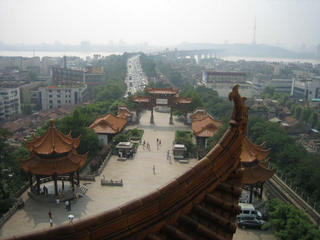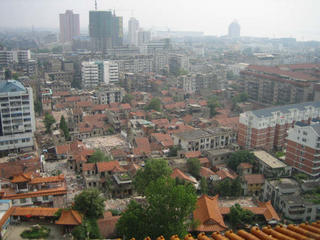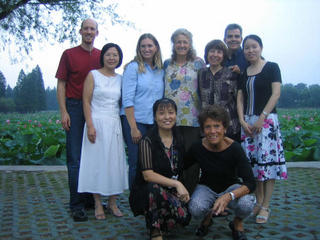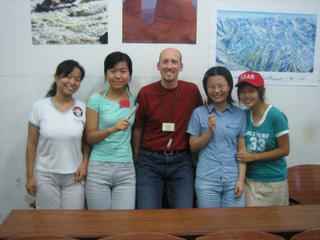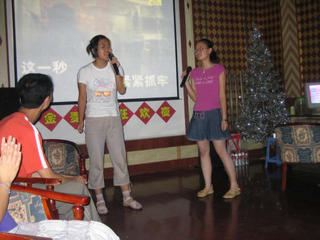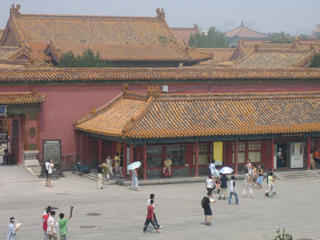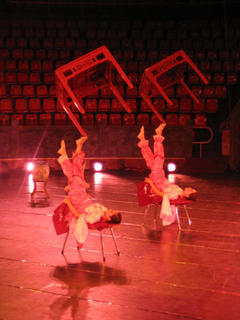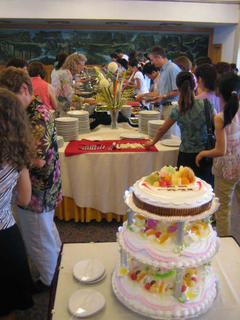More to come
Ni hao, everyone!
Perhaps you've visited this site and wondered why there's been such a gap in posts.
Well, my last week of teaching in Wuhan was chaos. I needed to put together packets of my teaching materials to leave with the Wuhan English department, I was co-coordinating the program's closing ceremony, I was packing my bags and doing lots of last minute shopping, and my students took up most of the freetime I had left. Then we, the American teachers, went on a cruise down the Yangtze and a short trip to Shanghai. I had limited access to the Internet then, and so did not post.
Now, I'm back in Utah and scrambling to get ready for the fall semester--classes begin today! I promise to continue adding to this blog in the next few days, to give my final impressions about teaching, eating, and traveling in China.
Until then, zai jian.
Greg

